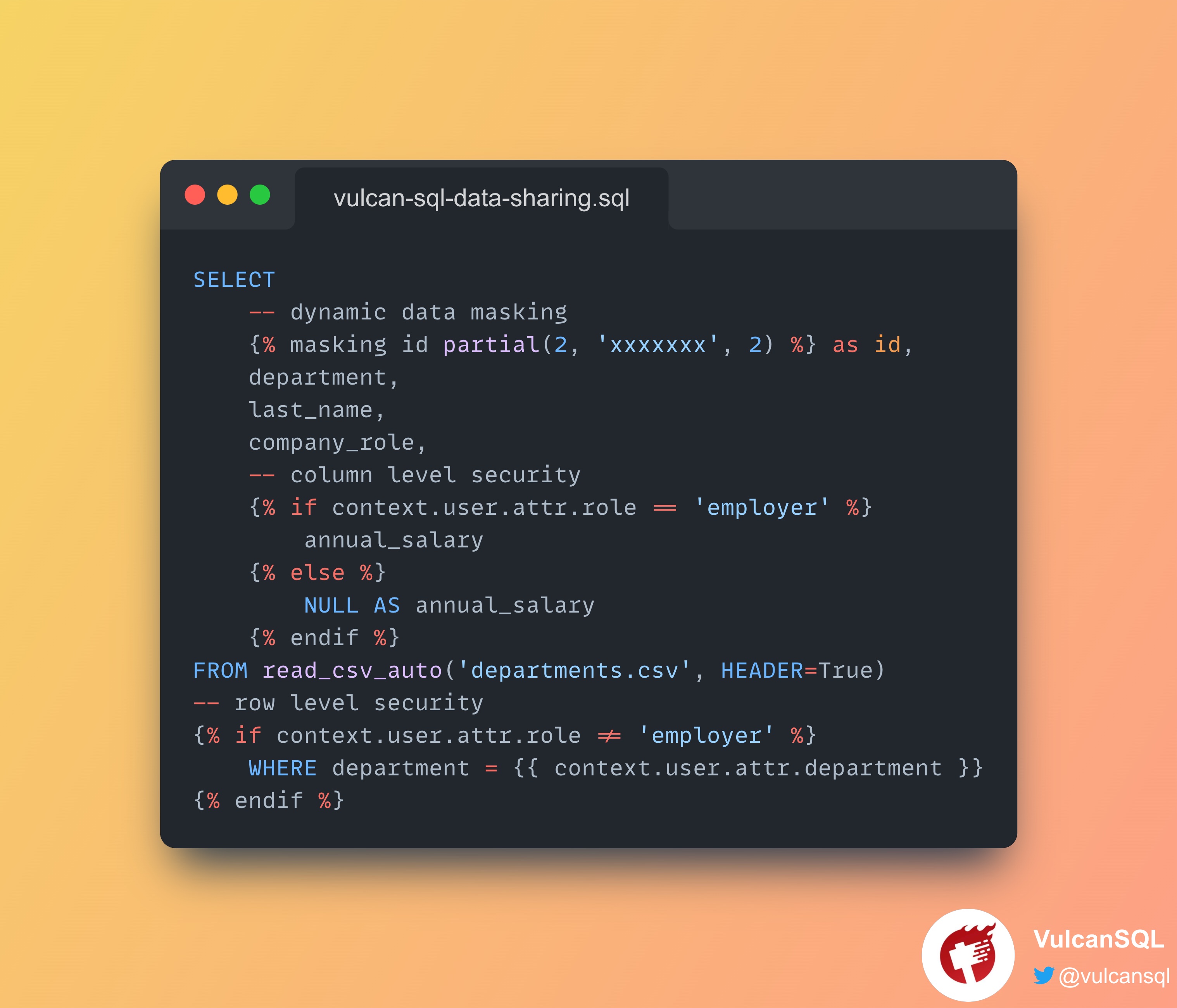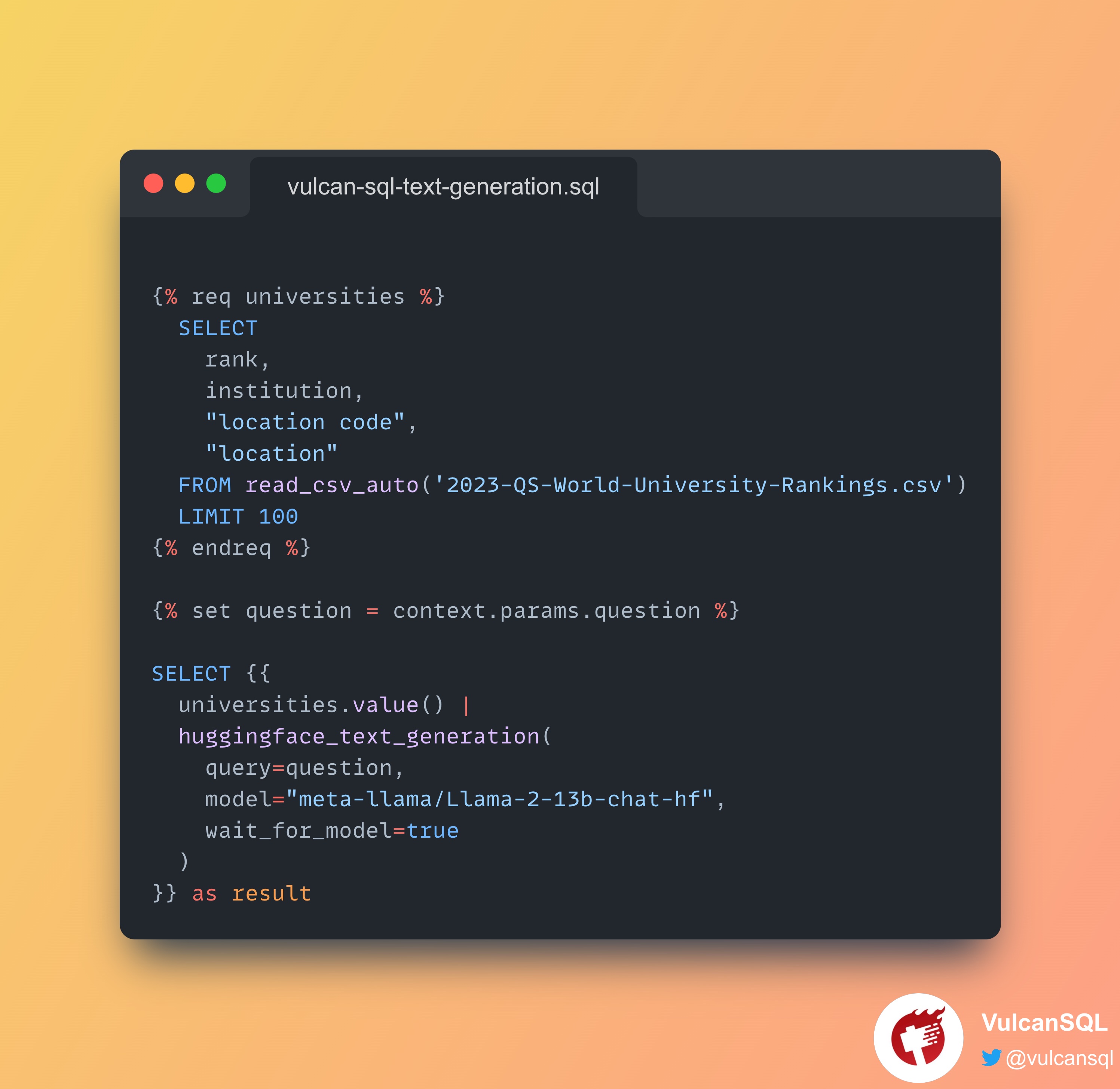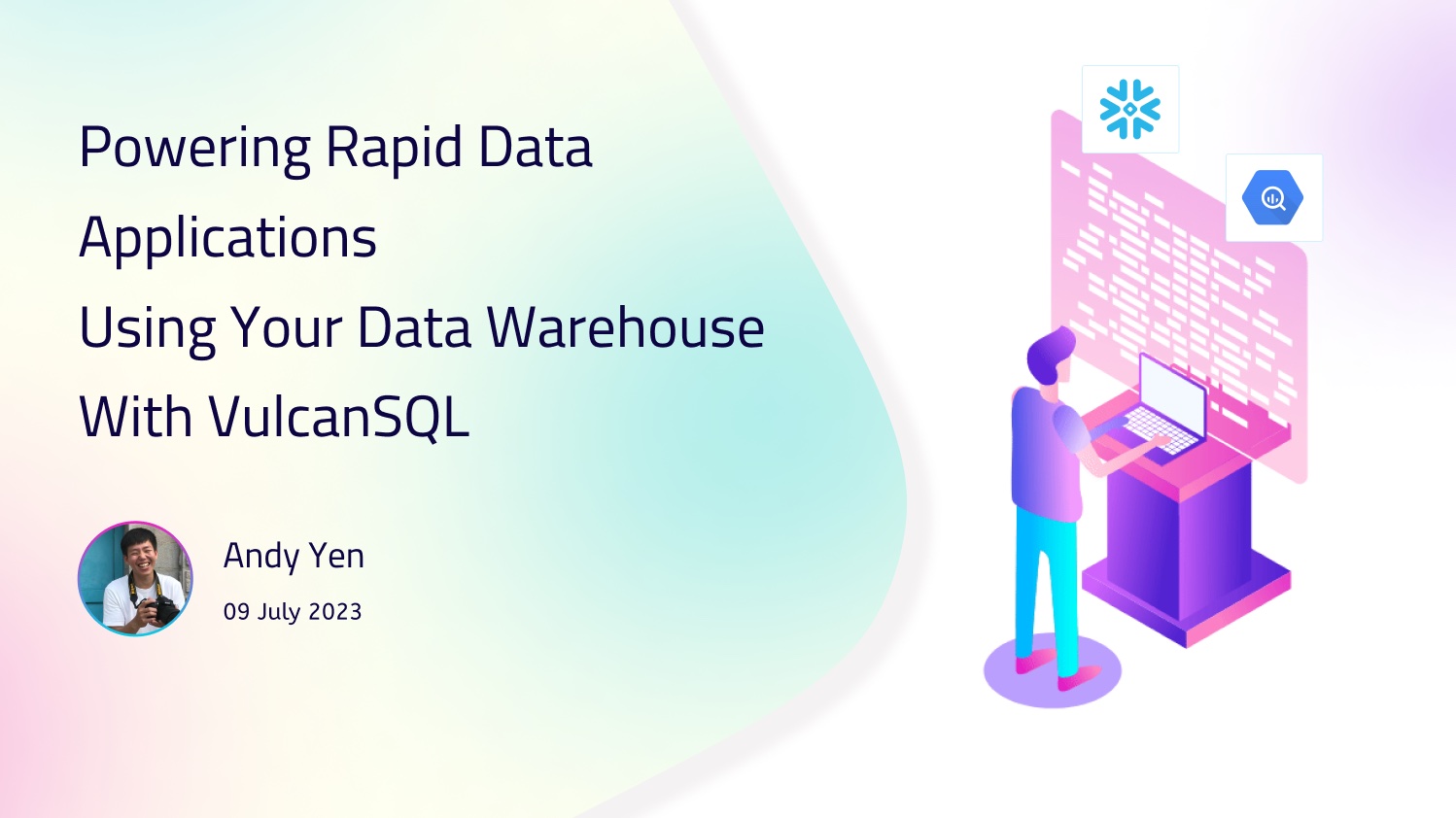
What is data sharing and why it's important?
Data sharing is a behavior that we share data to other parties which maybe other departments in the same company, or customers outside the company, etc. The reason why we agree to share data is that we finally realize data is a valuable asset especially to business, since it can make the business process more smooth and enable better decision making results!
When thinking about how to share data with others, there are some common requirements coming up to our minds, such as what are the formats of data being stored, what kind of storage should persist the data, and how to share data with other parties. However, there are also other directions we need to consider and I would like to discuss data privacy with you in this article.
Why data privacy is important to data sharing?
In terms of sharing data with others, there are certainly some scenraios that we can treat everyone we share with equally.

